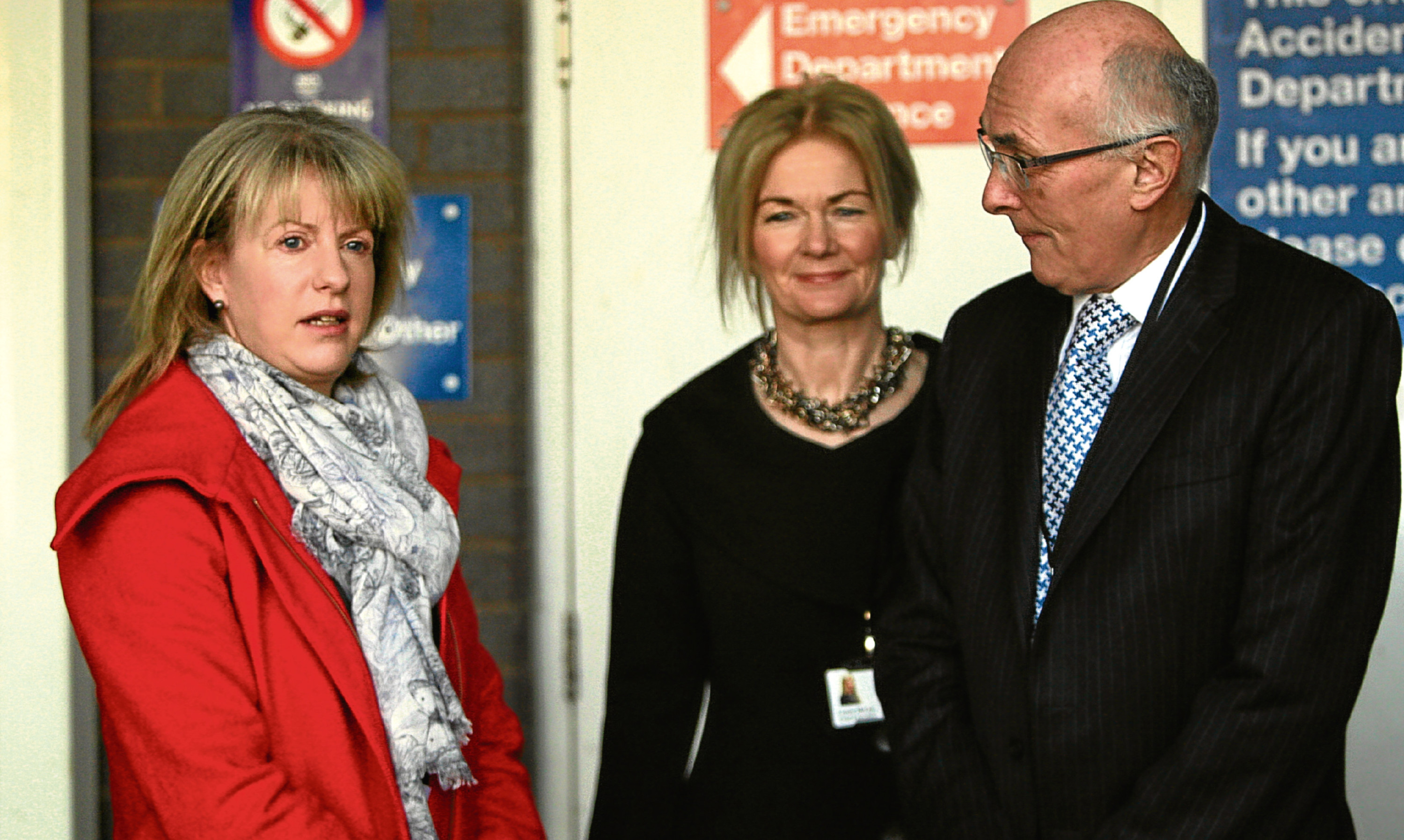The latest news of an NHS staffing crisis and the suspension or closure of services and wards, revealed on Monday, is almost too familiar to cause much of a political stir.
This time it is the children’s ward at the Royal Alexandra Hospital in Paisley that is under threat, along with Inverclyde Hospital. Once again, the shortage of doctors, nurses and other health professionals is being blamed.
Just a week ago it was NHS Tayside making the headlines as Crieff Community Hospital in Perthshire was forced to turn away patients.
The health board there said “unplanned staff absences” meant it could not run the minor injury and illness unit safely.
In March, the same health board delayed operations at Perth Royal Infirmary due to a nursing shortage.
These are by no means isolated incidents in Tayside, which happens to be the Scottish health secretary’s own constituency.
Mess
If Shona Robison cannot oversee the smooth functioning of her local NHS it is no wonder she is making a mess of the whole country’s health provision.
Before she took on the portfolio, the most difficult in government, it belonged to Nicola Sturgeon. They will both be quick to defend their records; indeed, as soon as the new staffing problems were revealed, the Scottish Government passed the buck to individual heath boards.
Spending, they say, is at an all-time high and it is up to each board how it allocates funds.
On another day, ministers will argue NHS cuts have been imposed as a result of decisions taken at Westminster but Scotland must not shirk its role in this debacle.
Health has long been a devolved matter, even before devolution in fact, and the SNP has had 10 years in power to address issues such as recruitment and training.
It is hard to see, for example, how it can square the desperate situation in some hospitals, where there are not enough nurses to look after sick people, with the millions of pounds paid out in bonuses to consultants.
On the same day it came to light that NHS Tayside was abandoning patients in Perthshire, there were fresh revelations about senior medics’ pay packages. Some £43 million was dished out to 3,000 top doctors, up 15% on last year, despite their already generous remuneration and despite the NHS being so cash-strapped.
Sturgeon had promised when she was in charge of health to end the bonus culture but now her ministers just say they are offering doctors the “going rate”.
The current government must confront its failings but health is a department that seems to be beyond any form of political leadership.
The only possible solution, then, is to adopt a cross-party approach and to take politics out of the equation altogether.
Imagine a health service run purely for the benefit of those using it and not for politicians to score points before elections.
A politically neutral board could be established, manned mainly by health professionals who understand the true cost of health provision, with autonomy over the government of the day.
Resources would be allocated according to demand, rather than depending on how marginal a seat was and manpower shortages addressed with an overhaul of training that did not have to compete with other ministers and other departments.
If this sounds a little utopian that is because it is. The health service, more than any other government responsibility, affects every voter and is therefore the most emotive of electoral issues.
It has been used as a campaign weapon by all politicians in all elections – remember Sturgeon promising to keep open Monklands Hospital, earmarked for a merger, back in 2007.
And in the later stages of the 2014 independence referendum the Nationalists seized on health to try to curry favour with undecided voters. If they didn’t win the plebiscite, they warned, Scotland’s NHS would be privatised by London.
Lie
The claim was a lie, of course, as borne out in the three years since the No vote, with the continued devolution of the Scottish health system.
The SNP, defending its performance in the face of the recent indefensible chaos, managed to politicise the problem again.
They would, they said, increase funding “unlike Labour’s plan for NHS investment at the last Scottish election that was worse than even the Tories”.
Every party is at it, though, boasting that it alone can save the NHS. It was the Scottish Labour Party that exposed this week’s possible ward closures, more one suspects to highlight “a decade of SNP mismanagement” than to discover a lasting remedy.
With an ageing population, this is a dilemma that is not going to go away. It may seem a naive hope to think partisan factions could ever call a political truce but it is the only hope.
